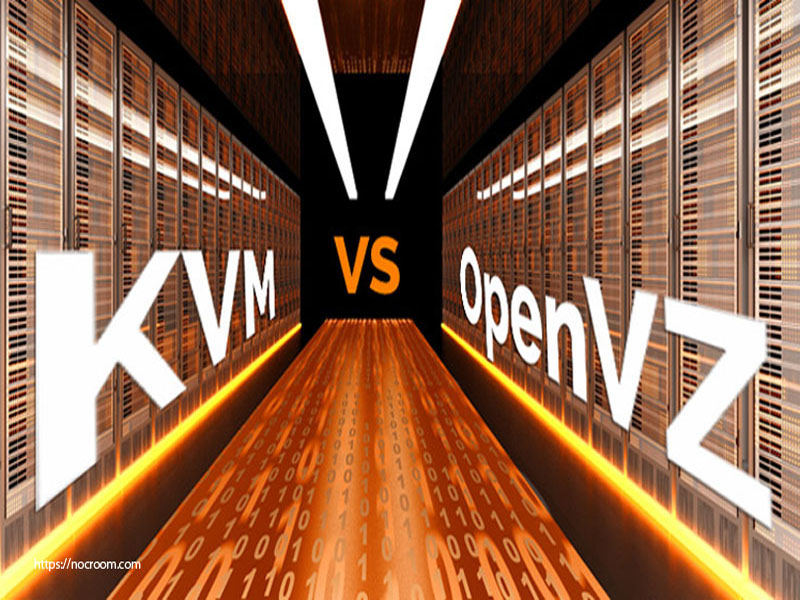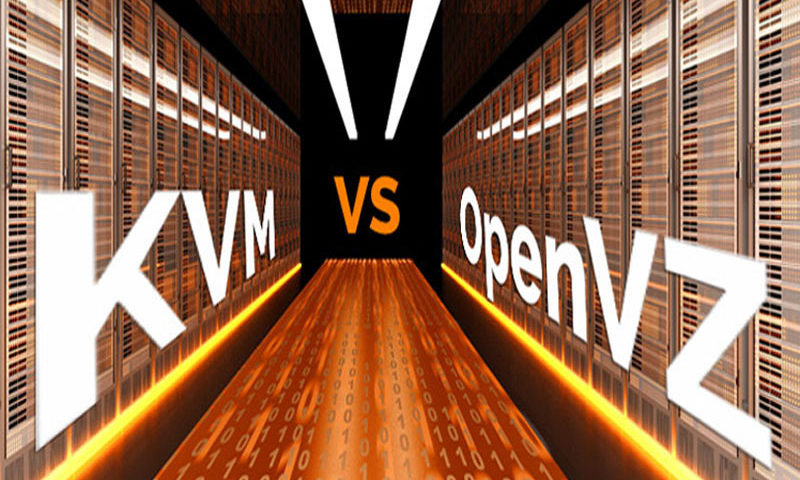Virtualization is not a new technology. Remember your good old desktop computer? When it first came home, and the engineer set it up for you, you could see two drives in it ‘C’ and ‘D’. All we knew was that C drive stored important system files while the D drive could store our games! The interesting thing was that while we could use two drives, the system only had one hard disk drive in it which was partitioned virtually allowing us the benefit of two drives with several independent features. Over the last decade, tech experts have leveraged virtualization to offer virtual servers which can be used for various things. Today, we are going to talk about two types of virtualizations – OpenVZ and KVM.

OpenVZ and KVM virtualizations
Kernel-based Virtual Machine or KVM is a technology focused on the kernel of the Linux machine. Using KVM, you can convert the kernel into a hypervisor and create virtual servers. It operates only on the Linux operating system. Since 2007, KVM has been bundled with the Linux Operating System and you can install it along with the kernel. KVM is true virtualization where the VPS functions as its own server.
On the other hand, OpenVZ is a virtualization technology which works on the OS level on Linux. Hence, different containers on the machine work in an isolated manner but share the same operating system. Also, each container works like an independent server, has root access, IP addresses, configuration files, etc. However, kernel modifications are not possible.
OpenVZ and KVM – Differences
| KVM | OpenVZ |
| It allows you to host Linux, Windows, and many other operating systems as guests | It allows you to only host Linux OS |
| True hardware virtualization with relatively lower demands from the hypervisor | Container style virtualization and relies on the host node’s kernel |
| Isolated hosting environment and dedica- ted kernels with dedicated resources | Shared kernel and complete resource sharing |
| Good for resource-intensive websites and those who need customized hosting environments | Good for sites with basic hosting requirements and/or those running light software or applications |
| Costlier than OpenVZ since the resources arededicated | Cheaper than KVM and good for small- business websites |
Conclusion
As you can see above, OpenVZ and KVM are suited to different types of websites. Hence, before you buy the VPS Hosting plan, ensure that you assess the hosting needs of your site as well as think about your growth plans. This will help you decide the kind of virtualization that you need in your VPS Hosting plan. Once you are clear about the required virtualization, consider all other aspects like storage solution, cPanel availability, support, backup services, etc. before you sign the dotted line. We hope that this article helped shed some light on the differences between KVM and OpenVZ. Do share your views with us in the comments below.

